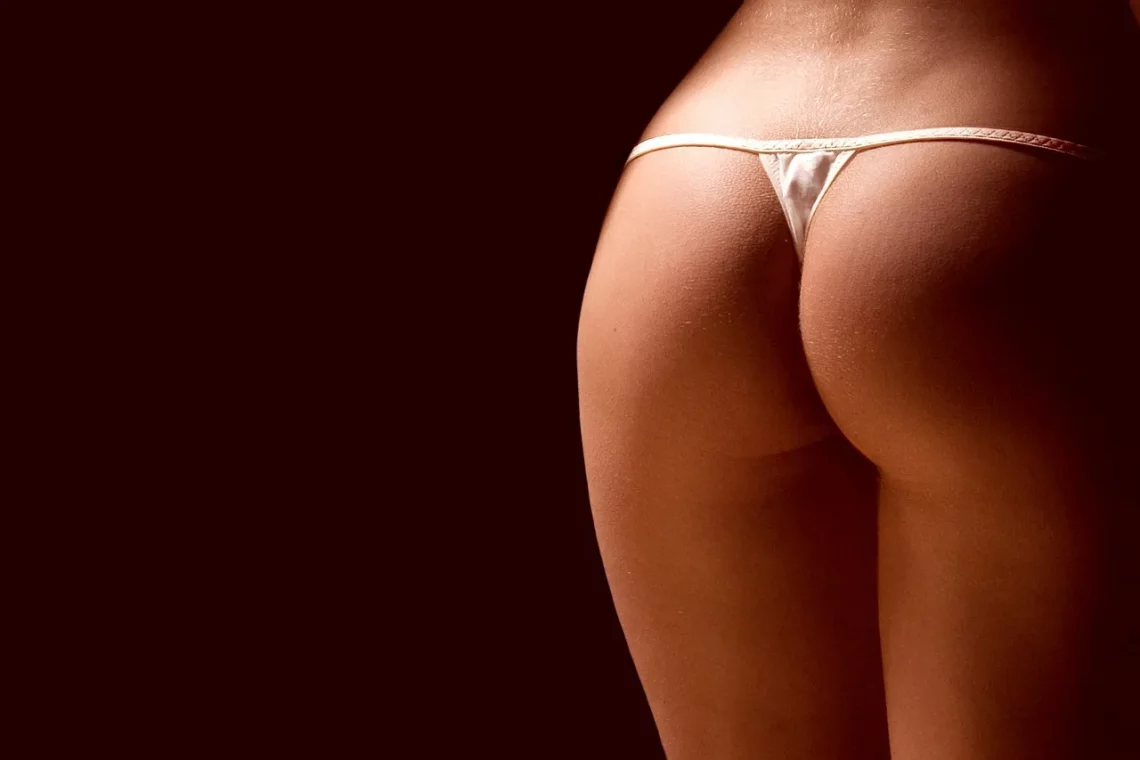
Exploring the Fascination with Big Penis Pictures in Modern Culture
The fascination with big penis pictures has become a notable aspect of modern culture, often encapsulating a blend of humor, curiosity, and social commentary. This trend is not merely a product of contemporary digital culture; rather, it reflects deeper societal attitudes towards masculinity, sexuality, and body image. In an age where social media platforms are flooded with images designed to provoke reaction, the prevalence of exaggerated male anatomy serves as both a source of entertainment and a means of exploring personal and collective identity.
The appeal of large genitalia in visual media has roots in various cultural narratives, often linked to power dynamics, sexual prowess, and societal expectations. As conversations around body positivity and acceptance continue to evolve, the juxtaposition of these images against the backdrop of real-life experiences raises compelling questions about what we value in our representations of masculinity. Far from being a simple phenomenon, the fascination with big penis pictures offers insights into the ways that individuals navigate their desires, insecurities, and societal pressures.
In this exploration, we delve into the multifaceted reasons behind the allure of these images, examining their cultural significance, the psychological implications for both men and women, and the broader context of sexuality and body image in contemporary society. As we peel back the layers of this phenomenon, we uncover the complex interplay between visual representation and personal identity, revealing how something seemingly trivial can hold profound meaning in a rapidly changing world.
The Cultural Significance of Masculinity in Visual Media
Masculinity has long been a subject of fascination in various forms of media, and big penis pictures serve as a particularly vivid expression of this theme. Historically, larger male anatomy has been associated with notions of power, virility, and dominance. In many cultures, these traits have been idealized, creating a narrative where larger genitalia symbolizes not only sexual prowess but also status and authority.
Visual media, from ancient art to modern advertising, has perpetuated these ideals, often presenting exaggerated representations of male anatomy. This phenomenon can be traced back to classical sculptures that celebrated the male form, emphasizing strength and beauty. In contemporary times, these ideals have been magnified through digital platforms, where images can be easily shared and manipulated, leading to a proliferation of content that reinforces and challenges traditional notions of masculinity.
The portrayal of male anatomy in this exaggerated manner can also be seen as a reaction to changing gender dynamics. As discussions around gender equality and the fluidity of gender roles gain traction, the representation of masculinity is evolving. Big penis pictures can be interpreted as a response to these shifts, where the hyper-masculine image acts as both a celebration of traditional ideals and a critique of the pressures placed upon men to conform to such standards.
Moreover, the accessibility of these images in the digital age allows for a broader audience to engage with them. This engagement can foster discussions about body image, self-esteem, and the unrealistic standards often portrayed in media. While some may view these pictures simply as humorous or sensational, they also provide a platform for addressing deeper societal issues related to masculinity and identity.
The Psychology Behind Body Image and Sexuality
The allure of big penis pictures is not solely a cultural phenomenon; it also delves into psychological implications that affect both men and women. For many individuals, exposure to these images can evoke a range of emotions, from admiration and desire to insecurity and comparison. The psychological impact of such images is significant, shaping perceptions of self-worth and attractiveness in a society heavily influenced by visual stimuli.
For men, the constant comparison to idealized images can lead to feelings of inadequacy. The phenomenon of “toxic masculinity” often exacerbates this insecurity, as men may feel pressured to conform to an unrealistic standard of masculinity that emphasizes size and performance. This can result in body dysmorphic disorders or anxiety related to sexual performance, ultimately affecting personal relationships and mental health.
Conversely, women may also be affected by these representations. The portrayal of male anatomy in a hyperbolic manner can set unrealistic expectations regarding sexual partners and influence their perceptions of masculinity. The desire for larger genitalia in partners can stem from societal conditioning, where larger sizes are equated with better sexual experiences, thus perpetuating a cycle of expectation and disappointment.
Furthermore, the accessibility of adult content featuring big penis pictures can lead to desensitization or unrealistic expectations in sexual relationships. As individuals consume more of this content, they may struggle to reconcile these images with their real-life experiences, leading to potential dissatisfaction or anxiety in intimate relationships. In this context, it becomes crucial to foster open discussions about body image and sexuality, encouraging individuals to embrace a broader understanding of attraction that encompasses emotional connection and compatibility rather than merely physical attributes.
Humor and Satire in the Representation of Male Anatomy
In addition to cultural and psychological dimensions, the fascination with big penis pictures is often intertwined with humor and satire. The absurdity of exaggerated images can serve as a comedic device, allowing individuals to engage with topics of sexuality and masculinity in a lighthearted manner. Memes and social media posts featuring these images often aim to elicit laughter, using shock value to challenge societal norms and expectations.
The humor surrounding big penis pictures can act as a coping mechanism for addressing the often-taboo subject of male anatomy and sexuality. By framing these images within a comedic context, individuals can discuss serious themes without the heaviness that typically accompanies such conversations. This approach not only normalizes discussions about body image but also encourages a more open and accepting attitude towards diverse representations of masculinity.
Moreover, satire plays a significant role in critiquing societal standards and expectations surrounding masculinity. By exaggerating these ideals, creators can highlight the absurdity of the pressures placed on men to conform to narrow definitions of what it means to be masculine. This form of commentary can serve as a catalyst for broader discussions about gender roles, encouraging audiences to reflect on their beliefs and attitudes towards masculinity.
However, it’s essential to navigate this humor with sensitivity. While many may find amusement in the portrayal of big penis pictures, others may feel marginalized or insulted by the implications of such representations. Striking a balance between humor and respect is crucial in fostering a culture that appreciates diversity in body types and gender expressions.
In conclusion, the fascination with big penis pictures in modern culture is a multifaceted phenomenon that intertwines cultural significance, psychological implications, and humor. While often viewed simply as entertainment, these images carry deeper meanings that reflect our societal attitudes towards masculinity and body image. As we continue to explore these themes, it is essential to promote open and inclusive conversations that celebrate diversity and encourage self-acceptance.
**Disclaimer:** This article is for informational purposes only and should not be considered medical advice. For any health concerns, it is advisable to consult a qualified healthcare professional.




